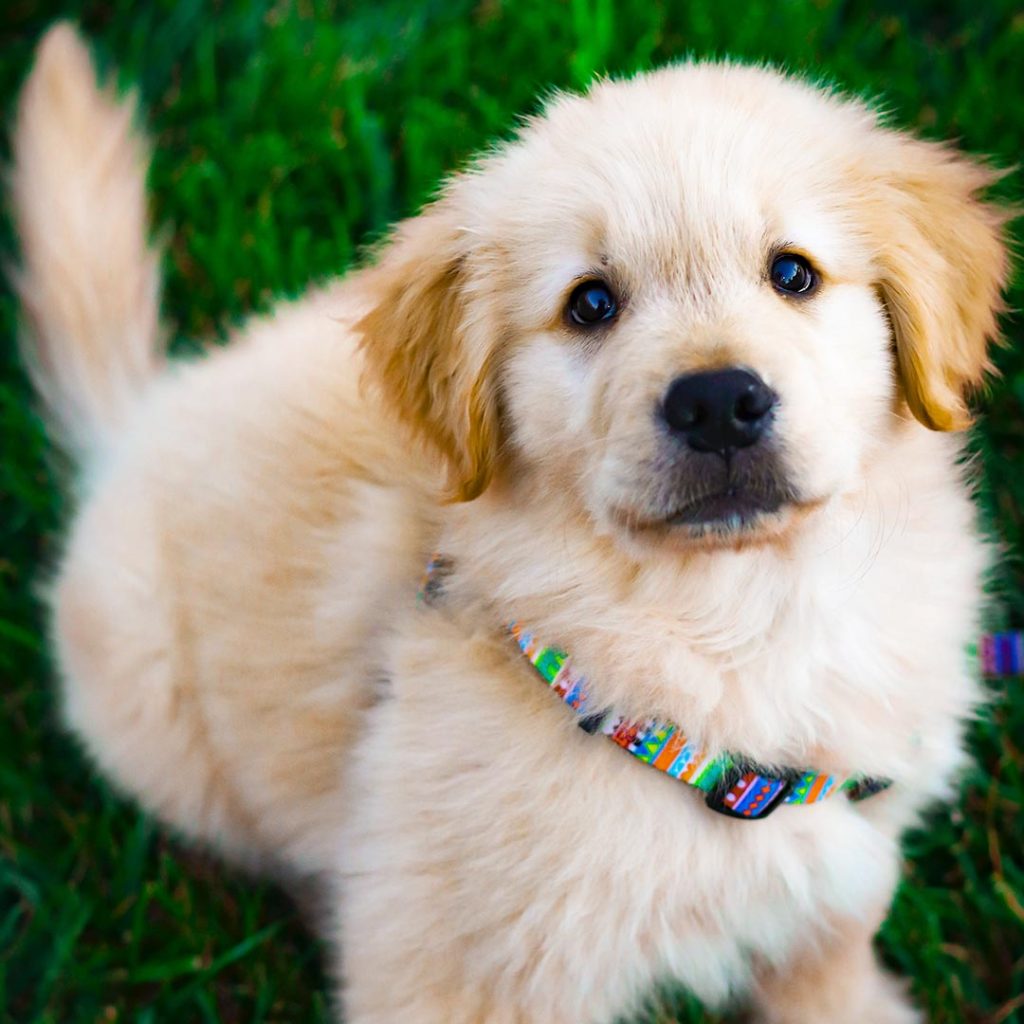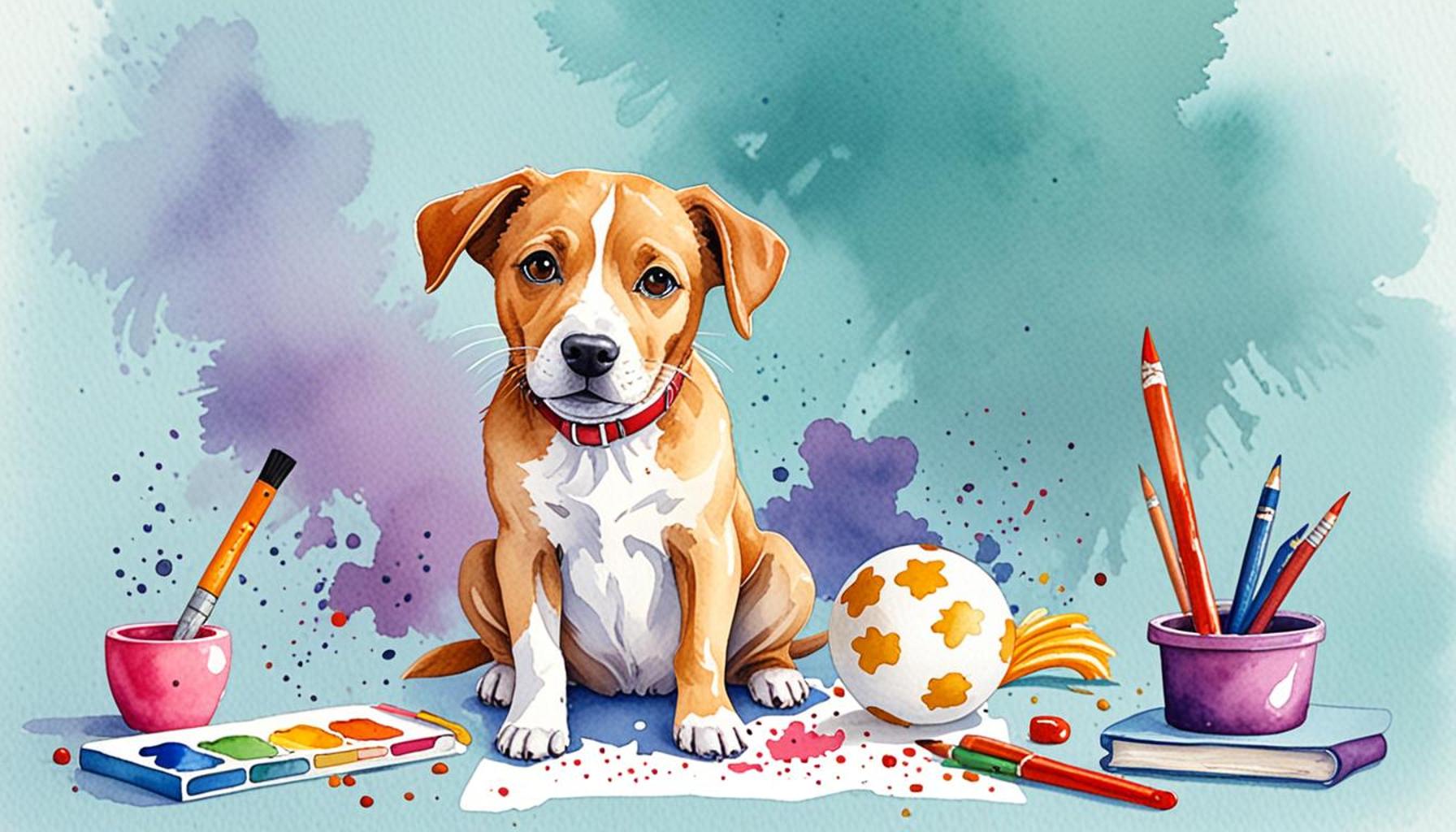Effective Positive Reinforcement Techniques for Dog Training

When it comes to training our furry companions, understanding their behavior is crucial. Positive reinforcement has emerged as one of the most effective methods, ensuring that training sessions are not only productive but also enjoyable for both the dog and the owner. This approach focuses on rewarding desirable behaviors rather than punishing unwanted ones, fostering a strong bond built on trust and respect.
As dog ownership becomes increasingly popular, the relevance of effective training techniques has gained prominence. Here are some key reasons to consider positive reinforcement methods:
- Enhances Learning: Dogs learn faster when rewarded for good behavior.
- Reduces Stress: A positive approach decreases anxiety in both pets and owners.
- Builds a Stronger Relationship: Reward-based training leads to mutual respect and understanding.
This article will explore the Top 5 Effective Positive Reinforcement Techniques every dog owner should know. Get ready to discover methods that can transform your training sessions into enjoyable and rewarding experiences for both you and your beloved pet.
DISCOVER MORE: Click here for essential travel tips with dogs
Top 5 Effective Positive Reinforcement Techniques in Dog Training
Training a dog is an essential aspect of responsible pet ownership. Utilizing effective positive reinforcement techniques can enhance the bond between you and your furry friend. Positive reinforcement involves rewarding desired behaviors, fostering an environment where your dog feels confident and motivated to learn. This method not only encourages your dog to repeat those behaviors but also helps establish a harmonious relationship where communication is clear and mutual understanding prevails. Let’s delve into the top five techniques that can transform your training sessions into a truly delightful experience for both you and your canine companion.

5. Verbal Praise
Among the simplest yet highly effective techniques is the use of verbal praise. Dogs, being highly social animals, thrive on feedback from their owners. Whether it’s a small accomplishment like sitting on command or learning to fetch a toy, a few encouraging words can work wonders. When your dog performs a desired action, expressing your approval through enthusiastic verbal praise significantly reinforces that behavior. Your cheerful tone acts as a bridge of communication, signaling to your dog that they have done something right.
The consistency of your verbal praise is key. Different words or phrases might confuse your pet, so sticking to simple, consistent phrases such as “good dog” or “well done” helps your dog clearly understand your message. This technique not only improves communication but also strengthens emotional bonds and boosts your dog’s confidence. Used alone or in conjunction with other methods, verbal praise sets the stage for a comprehensive and enriching training experience.
4. Treat Rewards
Offering treats is a time-tested method celebrated by many pet trainers. When introducing new commands such as “stay” or “come,” rewarding your dog with treats following successful execution can significantly enhance the learning process. Timing is an essential element of this technique; rewarding your dog immediately after they demonstrate the desired behavior helps them associate their actions with the incentive provided. This direct correlation makes learning an enjoyable process, creating positive associations with training.
Several tips can help you optimize the use of treat rewards:
- Choose high-value treats that your dog finds irresistible, particularly during the initial stages of training.
- As behaviors become consistently trained, gradually reduce the frequency of treat rewards. This alteration ensures your dog maintains interest and continues to respond to commands, even in the absence of treats.
- Change up the treats to add variety and maintain your dog’s enthusiasm during training sessions.
Incorporating treat rewards adds energy and excitement to your training sessions, keeping your dog motivated and engaged.
3. Clicker Training
Clicker training represents a precise and engaging method to encourage desired behaviors. This technique employs a clicker, a small handheld device that emits a distinct clicking sound, to mark the exact moment your dog engages in a desired behavior. This approach provides clear communication, offering an instant indication to the dog that they have performed the correct action, followed immediately by a reward such as a treat or further verbal praise.
The advantages of clicker training are numerous:
- Precision in timing: Since the click is delivered at the exact moment of the desired action, it allows for more rapid learning.
- Encourages instinctual behaviors by offering instant positive feedback, fostering a conducive learning environment.
- The versatility of clicker training makes it suitable for various training scenarios, from basic obedience to complex tricks.
Popular among professional trainers, clicker training offers a delightful way to engage with your dog, enhancing their ability to learn new skills while strengthening your mutual bond.
2. Playtime as a Reward
For many dogs, play is the ultimate reward. Using playtime or toys as a reward for good behavior can be particularly effective, especially for high-energy breeds that thrive on physical activity and mental stimulation. Imagine your dog eagerly sitting or executing a “leave it” command; rewarding them with a lively game of fetch or tug-of-war turns training into a joyful and exciting experience.
Incorporating play as a reward serves several purposes:
- Promotes positive associations with training, as dogs begin to think of learning as a gateway to fun.
- Ensures your dog remains physically active and mentally stimulated, both of which are essential for overall health and maintenance of a balanced temperament.
- Fosters stronger human-animal bonds through shared enjoyment, enhancing the mutual communication and understanding.
By utilizing playtime strategically, you can transform training sessions into engaging activities that maintain your dog’s focus and willingness to learn.
1. Creating a Consistent Routine
Topping our list is perhaps the most crucial aspect: establishing a consistent routine. Dogs, by nature, are creatures that thrive in structured environments where expectations are clear. Building a consistent training schedule helps secure this structure, aiding not only in the learning process but also promoting stability and trust within your relationship.
The benefits of a consistent routine are profound:
- Accelerates the learning of commands and behaviors by providing a reliable framework within which the dog operates.
- Offers stability for your dog’s emotional well-being, as a predictable environment reduces anxiety and stress.
- Encourages your own commitment to training, ensuring you remain dedicated to the continuous development and behavior management of your pet.
Integrating consistent routines into your training program creates a nurturing and stable environment where your dog feels secure, ultimately leading to a fruitful and successful training experience for both parties involved.
In conclusion, the world of dog training encompasses a rich tapestry of techniques and methods, each offering its own unique benefits and challenges. By embracing these top five positive reinforcement techniques, you open the door to a more fulfilling and harmonious relationship with your canine companion. Whether through verbal praise, treat rewards, clicker training, playtime, or consistent routines, every moment becomes a step towards mutual understanding and respect, transforming your pet into a responsive and well-trained member of your family.
| Category | Description |
|---|---|
| Behavior Modification | Utilizing positive reinforcement techniques, such as treats or praise, can significantly change unwanted behaviors. By rewarding good behavior, dogs learn faster what actions are acceptable and desirable. |
| Strengthening Bond | Positive reinforcement methods are not just about teaching commands; they also foster a strong relationship between the dog and the trainer. Engaging in rewarding interactions can lead to better emotional connections and trust. |
| Stress Reduction | When training with positive reinforcement, the stress levels in both dog and trainer tend to decrease. The environment during training sessions becomes more enjoyable, allowing for a relaxed atmosphere where learning can flourish. |
| Increased Learning Rate | Dogs trained with positive reinforcement often display a faster learning rate compared to those trained with punishment techniques. This method capitalizes on the natural desire of dogs to please their owners, making the training process more efficient. |
DISCOVER MORE: Click here to ensure your pet stays healthy this holiday season
Frequently Asked Questions about Effective Positive Reinforcement Techniques in Dog Training
What is positive reinforcement in dog training?
Positive reinforcement in dog training involves rewarding a dog for displaying desired behaviors. This technique encourages the repetition of good behavior by using treats, praise, or toys as rewards. The primary goal is to create an association between a behavior and a positive outcome, reinforcing the dog’s willingness to behave accordingly.
Why is positive reinforcement considered effective?
Positive reinforcement is accompanied by a host of advantages which make it an effective strategy. One key aspect is that it creates a strong bond between the dog and the trainer or owner. Additionally, this method is grounded in psychology, enhancing a dog’s willingness and enthusiasm to learn new commands quickly. Studies have also shown that dogs trained with positive reinforcement are more likely to retain information and skills over time, improving long-term behavior.
How can I start using positive reinforcement with my dog?
If you’re new to positive reinforcement, a good starting point is to identify what motivates your dog. Some dogs respond better to treats, while others might prefer a favorite toy or verbal praise. Begin by rewarding your dog immediately after they perform the desired behavior, ensuring that the association is clear. Consistency is key, so always reward the behavior promptly and regularly to establish the pattern you’re aiming for.
Are there any common mistakes to avoid when using positive reinforcement?
Yes, there are a few pitfalls to watch out for. One common mistake is inconsistency. If a dog isn’t consistently rewarded for good behavior, they might become confused and less responsive to training. Over-relying on treats, without incorporating other types of rewards, can also lead to dependence. It’s crucial to gradually introduce other rewards like praise or toys to maintain balance. Equally important is ensuring rewards are given immediately after the correct behavior to solidify the desired association.
Can positive reinforcement be used to correct unwanted behaviors?
While positive reinforcement is primarily used to encourage good behavior, it can also play a role in correcting unwanted behaviors. The technique is most effective when combined with redirection, where you encourage your dog towards a positive activity instead of the unwanted behavior. By rewarding the dog when they engage in the desired activity, you slowly replace the negative behavior with a positive one over time. However, patience and consistency are crucial for this approach to be successful.
DON’T MISS: Click here for essential care tips
Conclusion
In the intricate world of dog training, leveraging effective positive reinforcement techniques stands out as a paramount approach. Throughout this exploration into the topic, several key takeaways emerged, shedding light on the most adept methods for instilling desirable behavior in our canine companions.
Consistency remains the cornerstone of successful training, ensuring that dogs recognize and connect rewards with specific, repeated behaviors. This is complemented by the strategic use of treats or rewards that are appealing to the dog, serving as immediate incentives to encourage the repetition of good behavior. The incorporation of clickers as a tool magnifies the precision of timing, granting a clear and consistent auditory signal that marks the exact moment a desired action is performed.
Furthermore, incorporating verbal praise alongside or in place of physical treats adds a personal touch, fortifying the bond between trainer and dog. This is especially crucial in transitioning from dependency on tangible rewards to intrinsic motivation driven by verbal interactions. Additionally, the practice of cue and command association underlines the significance of pairing vocal cues with physical gestures, thus enhancing understanding and facilitating smoother communication.
The efficacy of positive reinforcement techniques in dog training cannot be overstated. Beyond merely teaching commands, it nurtures a relationship founded on trust and respect, which can significantly improve both the training outcomes and the overall well-being of the dog. As dog owners and trainers continue to uncover the nuances of effective training, the enduring life lessons taught by these techniques will foster not only well-behaved pets but happier households as well. In the ever-evolving landscape of pet training, these insights invite further exploration and refinement, reinforcing their vital role in shaping harmonious human-animal interactions.


